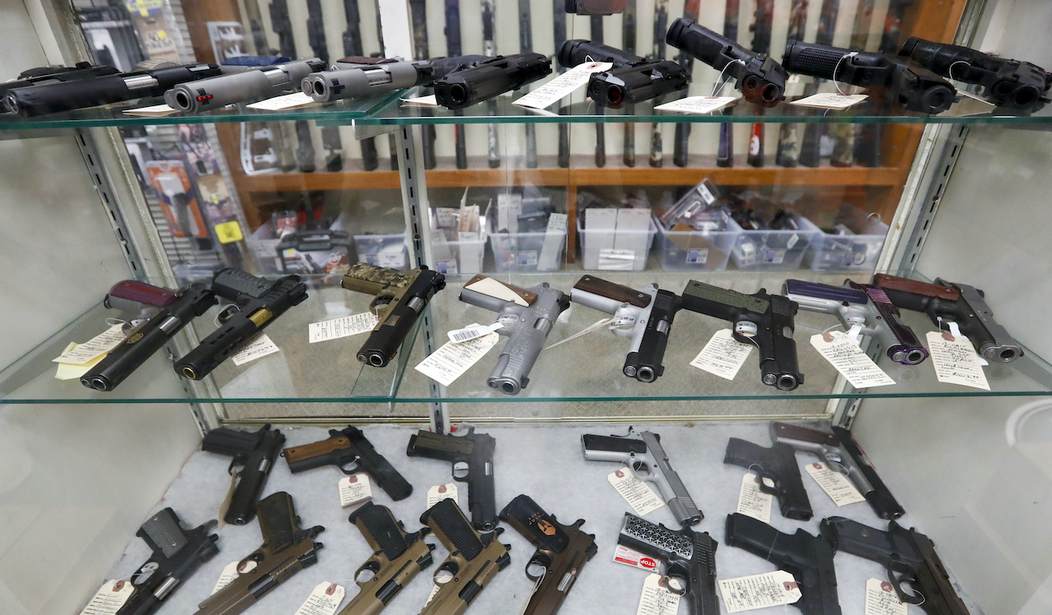There is always going to be some percentage of gun fatalities that will be attributed to suicide. For some, this is completely irrelevant. To them, any firearm death is somehow proof that gun control is desperately needed.
Unfortunately for them, this approach is horribly wrong-headed. After all, if you deny a suicidal person one means of suicide, they’ll simply find another. If you don’t deal with the underlying causes of suicide, namely mental illness, then you end up with basically the same number of people killing themselves. They only use other methods.
Yet anti-gunners like to use those suicide numbers regardless. After all, most gun-related fatalities are suicides, yet all some researchers want to focus on are the firearms themselves.
Research done at The Firearm Injury and Policy Research Program at Harborview Injury Prevention and Research Center suggest three policy solutions to help reduce rates of firearm injury and suicide.
Recent reports from Centers for Disease Control and Prevention indicate that more than 39,000 people died from firearm injuries in the U.S. in 2018, including 24,432 by gun suicide.
Dr. Frederick P. Rivara, author of the study, said 70 percent of firearm deaths in Washington state are due to suicide.
The first intervention is temporary firearm storage. According to Rivara’s article, 29 states and the District of Columbia have implemented a policy that allows families or at-risk individuals to temporarily store their firearms with law enforcement, at a shooting range or gun retailer.
According to the study, temporary firearm storage has been estimated to effectively prevent 8 percent to 19 percent of suicides and unintentional shooting deaths among youth and adolescents.
Now, I have no issue with this. If someone is having a crisis, being able to drop off their guns somewhere safe makes a lot of sense. After all, it’s common for people to offer to take someone’s guns off their hands if they’re feeling suicidal.
The second “intervention” is allowing people to voluntarily put themselves on a list where they can’t buy guns. I’m not crazy about these since they often don’t allow you to take yourself off as easily, but since these are voluntary, I’m not nearly as worked up about them.
It’s the third “intervention” that bothers me.
The third policy solution is something called an Extreme Risk Protection Order.
Through this method, either a family member or a law enforcement officer can petition a judge to review an individual believed to be homicidal or suicidal and decide on a temporary removal of their firearms in the best interest of their safety.
All of these policies have been found to be congruent with the rights afforded by the Second Amendment as the first two require consent and the Extreme Risk Protection Order has been held in the courts as non-violating to gun rights.
I’m not so sure that’s true. Some courts have upheld red flag laws, but there are problems that I don’t think will stand up to real judicial scrutiny. In particular, the fact that red flag laws can be issued without a judge ever laying eyes on the individual. This means that an individual may be stripped of their rights simply because someone else said they’re depressed, not because they actually are.
Yet even if these laws were never going to be abused–an assertion which is patently absurd–the problem is that guns aren’t the only way to kill yourself and none of these proposals actually address that fact.
Proponents of such measures point out that attempted suicide by firearm has a lower rate of survival and that those who survive suicide rarely try it again. This is not an untruth, though it’s only part of the whole story.
See, while guns are the least survivable method, there are other methods that are damn near as effective. Removing guns from the equation doesn’t necessarily prevent suicides. It only shifts the method to something else.
Further, none of this addresses the underlying mental health issues, which means some of those individuals may shift to those other means.
Of course, this won’t matter to anti-gun researchers who never look beyond skin deep solutions.








Join the conversation as a VIP Member